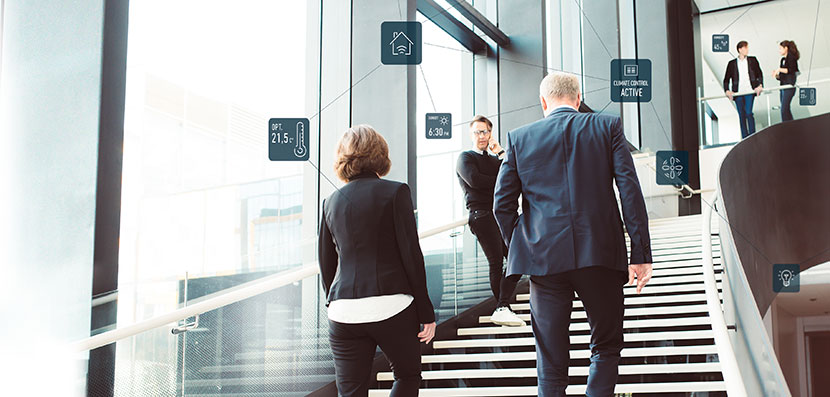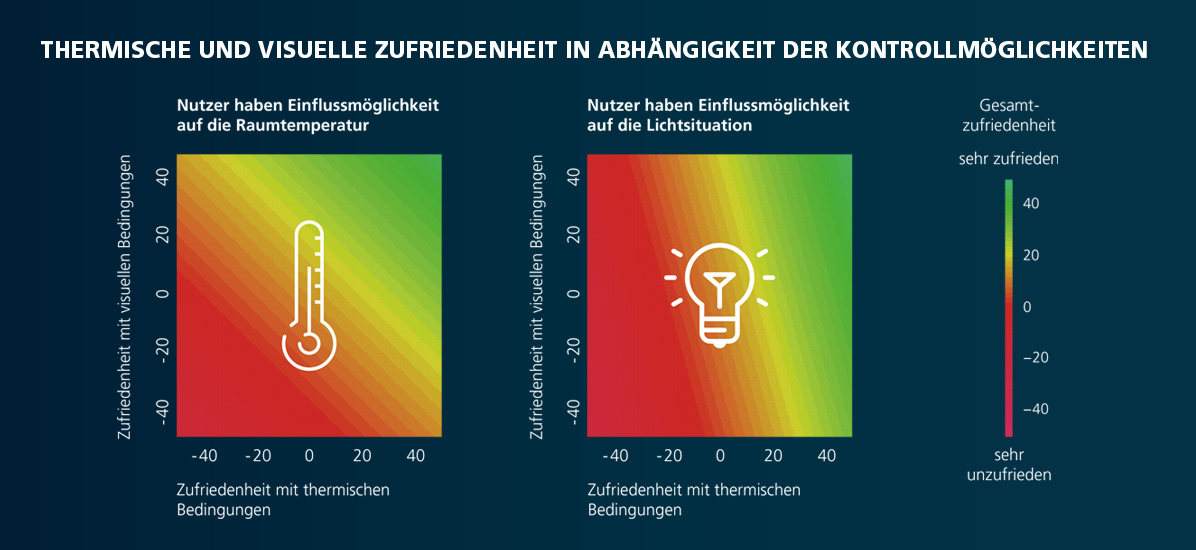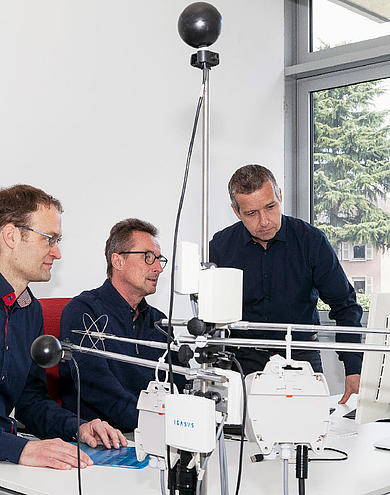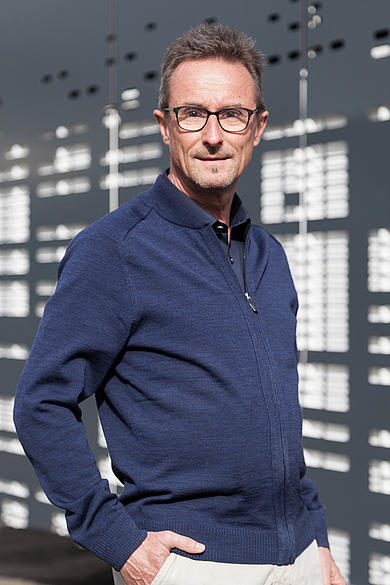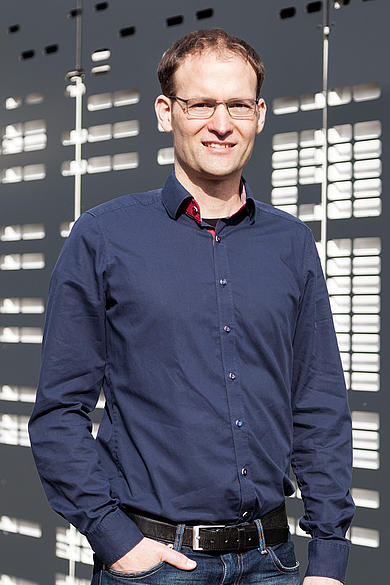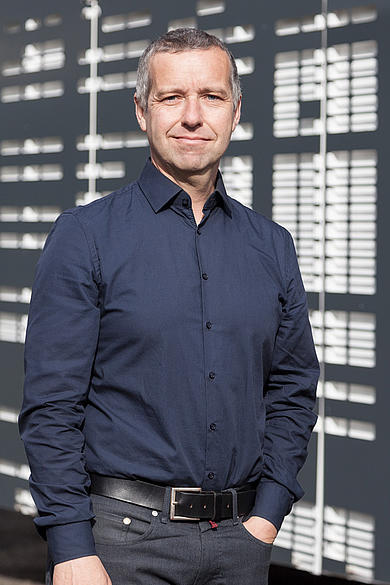With the ValMoNul project, KIT scientists aim to harmonize building automation with the individual needs of their users.

Vehicles park themselves, the refrigerator automatically orders food supplies - the Internet of Things is increasingly finding its way into our lives. Even functional buildings such as office complexes, production halls or hospitals are increasingly being digitized and converted into smart buildings. However, building users often perceive this automation as an intrusion into the individual design of their spatial environment. This applies, for example, to a typical everyday office issue: the air conditioning of rooms. Too cold, too warm, too stuffy - a centrally controlled room climate often leads to chronic discontent.
"If the needs of users are disregarded, this not only has negative consequences for the energy efficiency of buildings, but also for the productivity and well-being of employees. Our goal is to reconcile a lower energy demand with an increase in comfort for building users," says Prof. Andreas Wagner, Professor of Building Physics and Technical Building Services and Vice Dean for Research of the Department of Architecture at KIT.
Since June 2015, KIT has been conducting research as part of the joint project ValMoNul - an acronym for "Validation and Modeling of User Interactions and their Algorithmic Implementation in Building Automation." The project is being carried out in close cooperation with the Departments of Energy Efficient Construction (E3D) and Building and Air Conditioning Technology (EBC) at RWTH Aachen University, the Fraunhofer Institute for Building Physics (IBP) and the industrial partner ABB.
We need to find a holistic architectural approach that balances room design, technical building equipment and the individual needs of the users.
Many buildings already use automation concepts and control strategies, for example for indoor climate and lighting. However, the projected demand values often deviate greatly from reality. "Sometimes, the reason for this is that these values are based on the behavior of an average user, which in no way reflects the behavior of all users," explains Dr. Marcel Schweiker. He is an academic staff member in the Department of Building Physics and Technical Building Services at KIT, where he is the joint leader of the ValMoNul project and responsible for comfort and user behavior research.
In ABB AG - a worldwide leading supplier of products in the field of building automation - the project has found a partner who will evaluate the results from an industrial point of view, thus ensuring the highest possible usability. The algorithms, developed after evaluation of the user behavior experiments conducted at KIT, are to undergo a marketability test as soon as possible. "We are implementing the algorithms directly on ABB controllers with the aim of ultimately introducing them to the market. For us, it is important to develop a system that learns about users' needs over a certain period of time and can interpret them correctly so that they feel comfortable in the long term," says Dirk John, who co-initiated the project and is supporting it on behalf of ABB as global product manager for digitization in the smart buildings division. To ensure the acceptance of artificial intelligence in buildings, it is crucial not to restrict the user's freedom and to avoid a feeling of external control. In addition to the individuality of the users, the individuality of the respective buildings needs to be taken into account. The aim is to achieve a result that is transferable to other buildings while having as many adjusting screws as possible.
In order to develop such a solution, the partners want to delve ever deeper into multiple influencing factors, such as the interplay of visual, thermal, olfactory and auditory influences. "To achieve this, it is important that we continue to involve psychologists as well as partners from facility management. Only by taking an interdisciplinary pespective on people will intelligent systems be able to provide us with optimal support in the future," emphasizes Prof. Schweiker.
